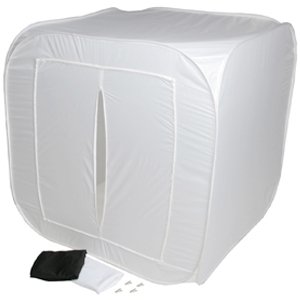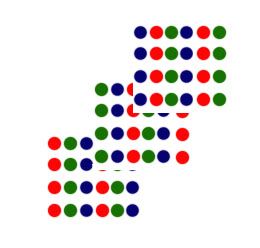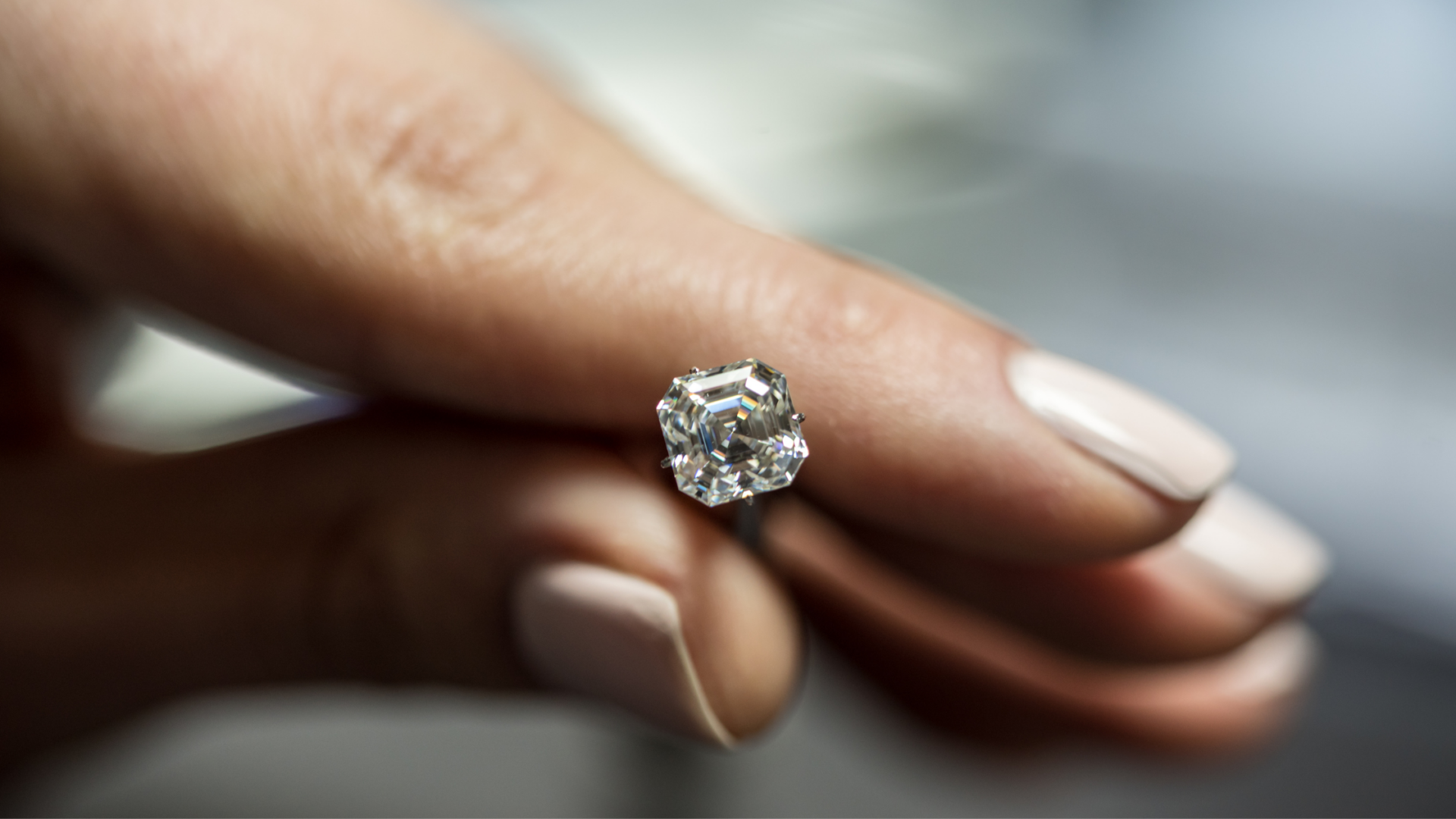pregcurious
Ideal_Rock
- Joined
- Mar 18, 2009
- Messages
- 6,724
Are there any professional photographers out there who can recommend a camera for capturing accurate pictures of stones? I am trying to a take a picture of a red stone ([URL='https://www.pricescope.com/community/threads/red-spinel.167915/']https://www.pricescope.com/community/threads/red-spinel.167915/[/URL]) and am failing miserably. The vendor's pictures are so much more accurate than mine!
Is it possible to get a digital point and shoot that can take good pictures of colored stones on macro? Do I have to get an SLR? Are there any models especially well known for capturing accurate color?
Any recommendations are welcome.
Is it possible to get a digital point and shoot that can take good pictures of colored stones on macro? Do I have to get an SLR? Are there any models especially well known for capturing accurate color?
Any recommendations are welcome.







300x240.png)